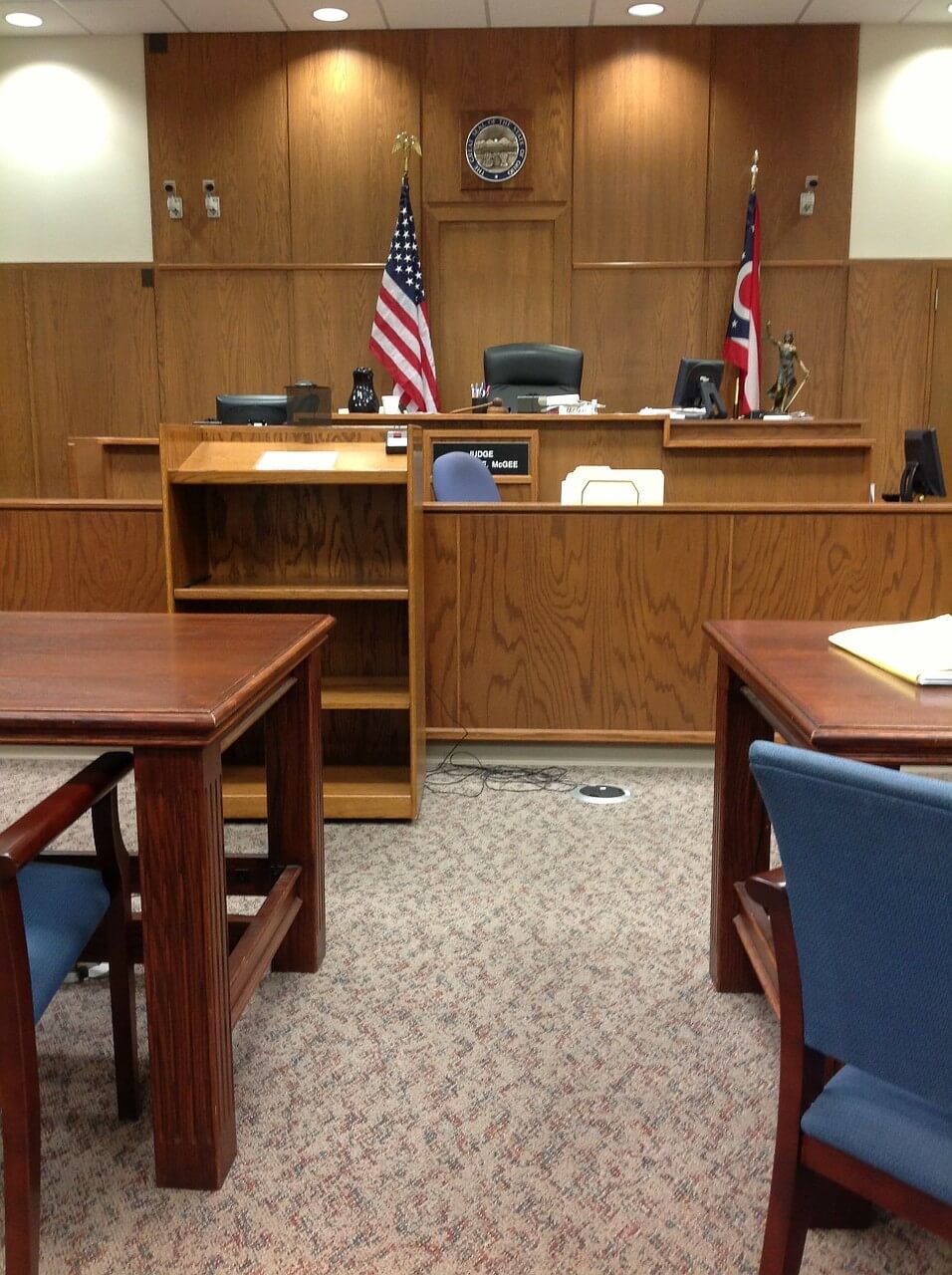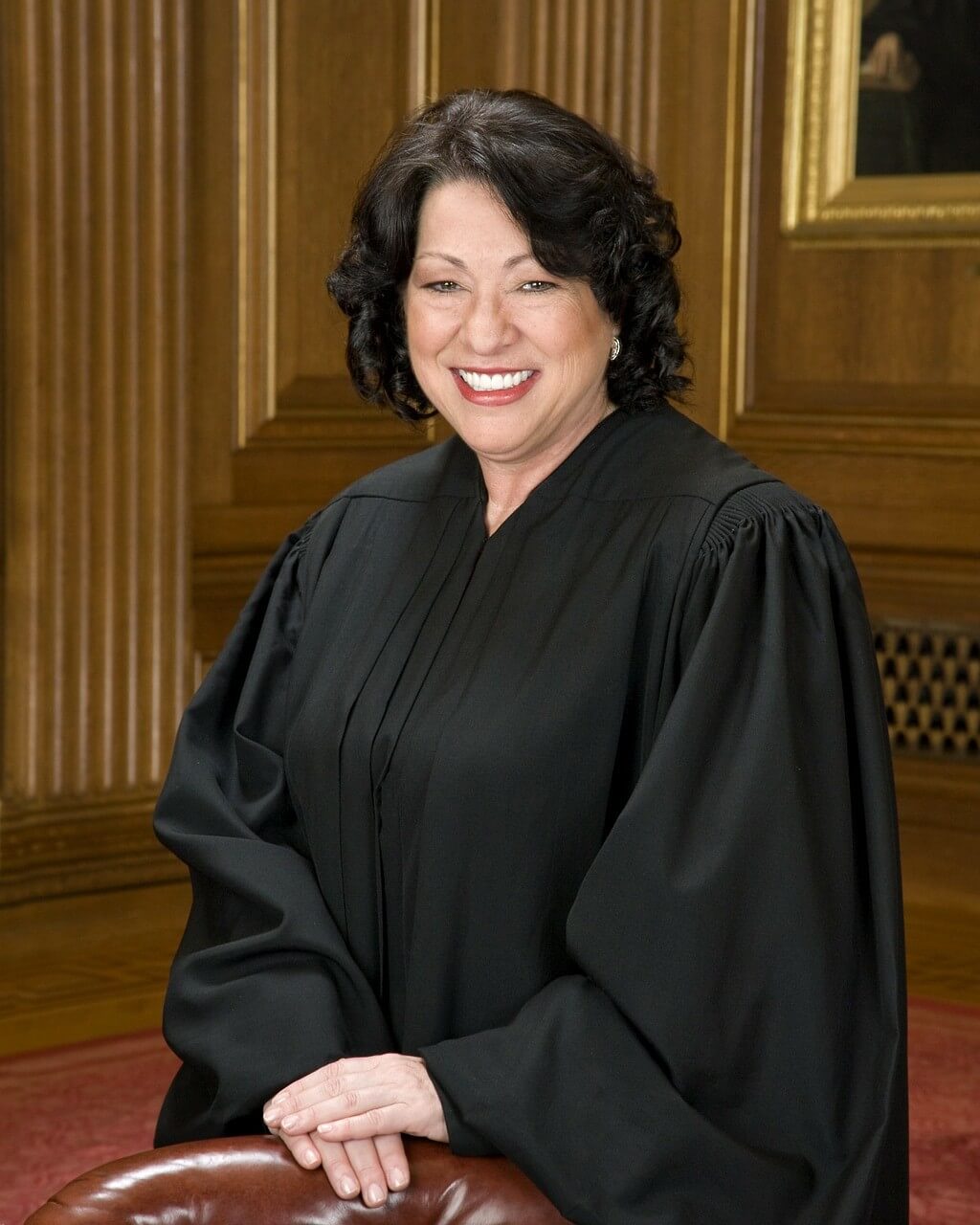There are a lot of different people who enter the courtroom for a trial or hearing. The common players are the lawyers, their clients, and the judges making the ultimate decision. Let’s take a look at all the people found in a courtroom.
The Parties
The people or entities (i.e. a business) who are involved in a lawsuit are known as “parties”. In civil cases, you’ll have plaintiffs (the suing party) and defendants (the party being sued). In criminal cases, there will only be the defendants involved with the crime. Particularly in criminal cases, defendants have a constitutional right to be present at their trials. The Sixth Amendment says, “the accused shall enjoy the right … to be confronted by the witnesses against him.” Whereas in civil cases, you can opt out of attending the trial.
The Lawyers
Inside the courtroom, lawyers represent their clients or state-appointed parties in the lawsuit. Lawyers provide the majority of the speaking while presenting their party’s side of the case. Lawyers must follow legal procedures while trying to prove a defendant’s innocence or verify they should be accused of their crime.
Criminal cases involve a defense lawyer which can be state-appointed or hired by the defendant and a prosecutor. The prosecutor attempts to prove guilt while the defense lawyers attempt to prove innocence. In some cases, a jury may be present.
Civil cases do not necessarily require a lawyer, however, if a representation is needed, each party must pay for their own.
Lawyers have certain duties to maintain in court, according to the American Bar association, which include:
- Not seeking court sanctions
- Not withholding or delaying the disclosure of information regarding discovery objections
- Only ask questions appropriate for the prosecution or defense
For the complete list, please see ABA’s Lawyer’s Duties.
The Witnesses
In court, witnesses are those who provide a testimony which includes facts and perspective on the case. Witnesses are asked called to the witness stand where they make their statement and can be examined and cross-examined by both lawyers present. Both sides can have witnesses and the kinds of witnessed may be known as plaintiff’s witnesses, defendant’s witnesses, or government witnesses.
The Jury
In some court hearings, a selected group of people, known as the jury, may be present in the courtroom to determine the outcome of the trial. The jury is responsible for listening to and understanding the facts. Afterward, they must apply the law which has been instructed by the judge prior to the hearing. If the facts are conflicting or confusing, the jury must decide together the truth and reach a verdict. Court hearings can get very complicated and jurors have to decide who is telling the truth and make a decision that’ll have a dramatic effect on someone’s life.
A Judge
Playing the most important role in the courtroom is the judge. Judges are responsible for the following tasks:
- Presiding over the hearings and maintaining order;
- Ensuring that the evidence presented by the parties illegal or not;
- Educating jurors before a jury trial about the laws that apply to the case and the conditions they must follow to assist them in making a decision about the facts they hear in court;
- Listening to the facts during bench trials to determine what are the facts and decide the outcome of the case;
- Convicting defendants in criminal cases.
Courtroom Interpreter
In cases where one or both parties cannot speak or understand English, a courtroom interpreter may be required. Courtroom interpreters will assist with the translation of a testimony which will be included in the court’s records. This is a challenge position since details can be lost in translation. Therefore, interpreters must be precise and only interpret exactly what is said by the witness or defendant. This means, if someone is lying, they must continue with the translation and not make any alterations whatsoever. Doing so can lead to a mistrial and other consequences.
Courtroom Reporter
The courtroom reporter is responsible for recording everything that is said and the evidence that is introduced during the hearings. Reporters use a machine called a stenograph to type information or they can create a recording. After the trail, this recorded information becomes the official record. Courtroom reporters will be responsible for creating a written transcript if either of the parties seeks to appeal the decision made in court. Occasionally, reporters may visit lawyerès offices to record depositions and conferences for judges.
Note: Stenographs are more commonly used by courtroom reporters. This machine uses symbolic keystrokes based on the spoken word. These machines can record upwards of 300 words per minute. Electronic sound recordings will use a special microphone placed within the courtroom. Both recording methods require a written transcript of the hearings afterward.
Courtroom Clerks
Court clerks are responsible for administering the oaths made by witnesses, interpreters, and parties. In addition, these clerks work within the courtroom to take care of records, authenticate copies of court documents, keeps minutes of the hearings, as well as prepare judgment and verdict forms. Courtroom clerks are essentially the judge’s assistant throughout the trial.
Courtroom Officer
Inside most courtrooms will be an officer responsible for security. These are the law enforcement personnel in the case that a hearing gets out of hand and the must maintain order.
Who Works for the Court?
Of all the people inside the courtroom, only jurors, judges, reporters, clerks, and officers work for the court system. Lawyers will work for themselves or their law firm and require fees to receive support or legal advice.



